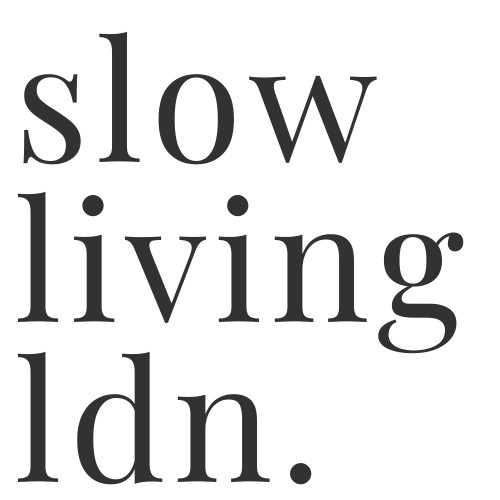You have no items in your cart. Want to get some nice things?
Go shopping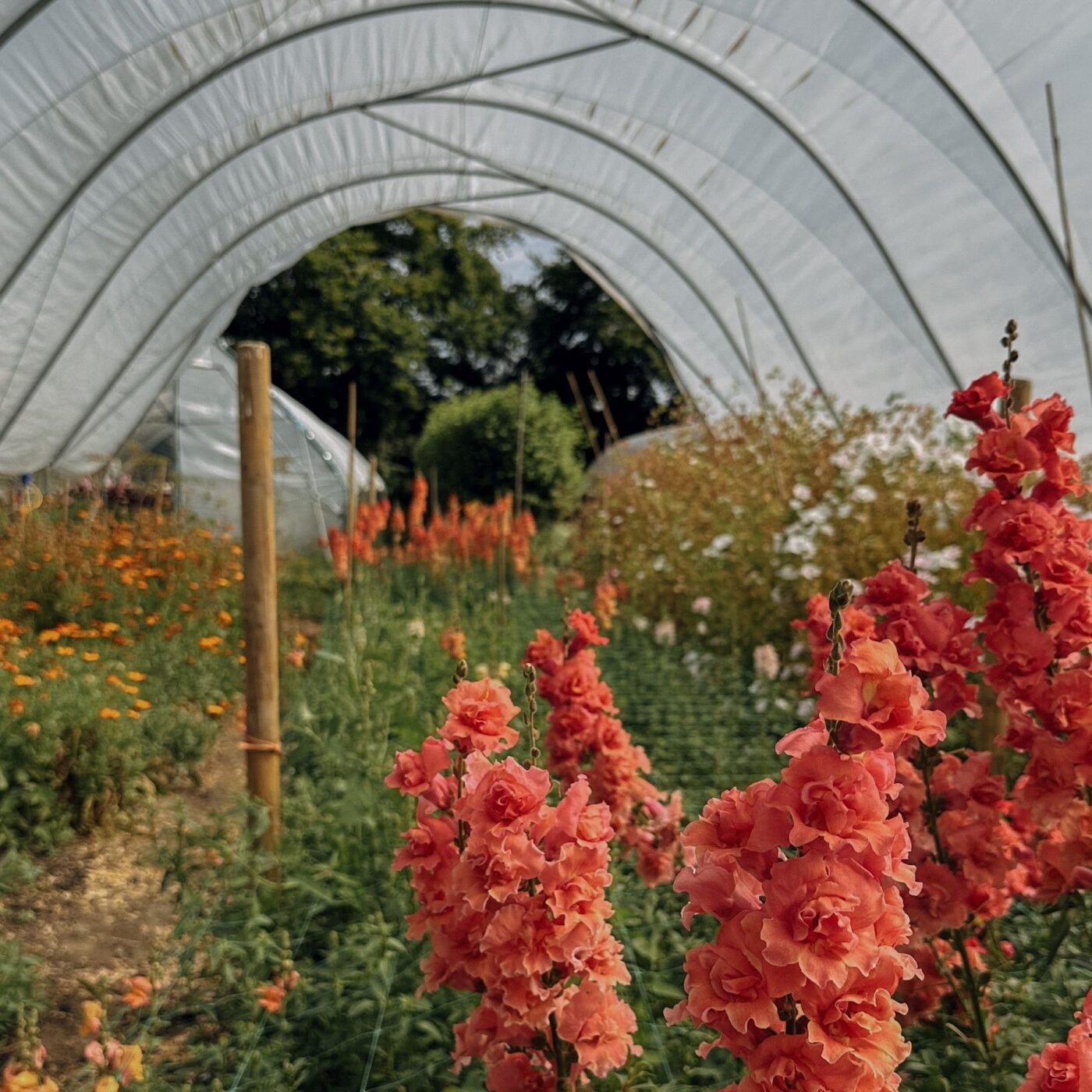
On Saturday mornings between March and October, Rachel Siegfried and her partner Ashley Pearson throw open the farm gate at Green and Gorgeous to welcome visitors to their five-acre flower farm.
Tucked away in the South Oxfordshire countryside, Green and Gorgeous is a true idyll. Visitors can wander the rows of seasonal blooms before returning to the shop to choose a selection of stems that are artfully arranged by Rachel and her team. Here, you’ll also find local produce, hand-thrown pottery and freshly baked sourdough and cinnamon knots.
While the flower farm offers a slow escape from our fast-paced world, the beauty produced there is not without huge effort. Rachel and Ashley work seven days a week for nine months of the year to cultivate a continuous stream of sustainable, British cut flowers for weddings and events. Rachel is also an acclaimed teacher and author, sharing her decades of knowledge through courses and her beautiful reference book, The Cut Flower Sourcebook.
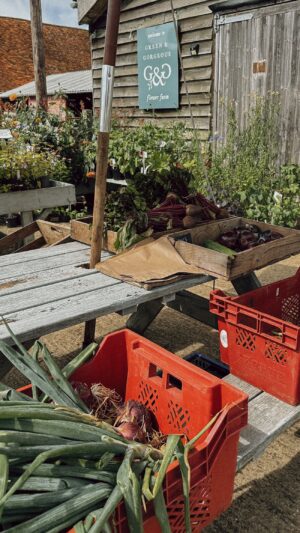
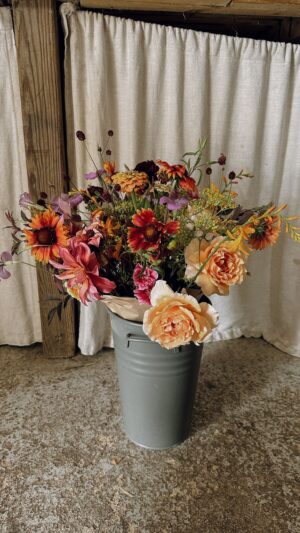
On a warm August morning, we visited Green and Gorgeous to pick armfuls of dahlias in shades of peachy pink and soft yellow. The farm is truly abundant at this time of year with every turn revealing more breathtaking blooms. Following our visit, we spoke to Rachel to learn more about her story, from her time working for the Sainsbury family in the Victorian walled garden of their former Cotswold estate to the early days of establishing the flower farm in Oxfordshire.
During our conversation, we discuss the increasing demand for British cut flowers and the impact of Brexit on imported blooms, the evolution of the flower farmer and how Rachel keeps herself inspired after sixteen years of running Green and Gorgeous.
In conversation with Rachel Siegfried of Green and Gorgeous
Rachel admits her passion for growing cut flowers “kind of happened by chance”. Inspired by a course she had taken with Sarah Raven, Rachel experimented with growing cut flowers and learned how to arrange them while working in the walled garden on the Sainsbury estate. “I just thought, wow, these flowers are so different to what you buy in florists. There’s just no relation,” says Rachel.
“I just thought, wow, these flowers are so different to what you buy in florists. There’s just no relation.”
This was back in the early 2000s. At this time, Rachel explained that organic vegetable box schemes were taking off and farmers’ markets were full of seasonal produce, but she never saw local cut flowers for sale. The term slow flowers didn’t really exist – it was “more just a feeling”. When the Sainsbury family decided to sell the estate, Rachel took the leap to share her passion for cut flowers and start a business.
Serendipitously, Rachel spotted an advertisement for a market garden in the Soil Association classifieds. With an existing polytunnel, shed and a bungalow to live in, Rachel seized the opportunity to transform the then two-acre plot into a cutting garden. Slowly, Rachel took on more land, increasing the site to over five acres and after a few years, she was supplying more than 100 weddings each season.
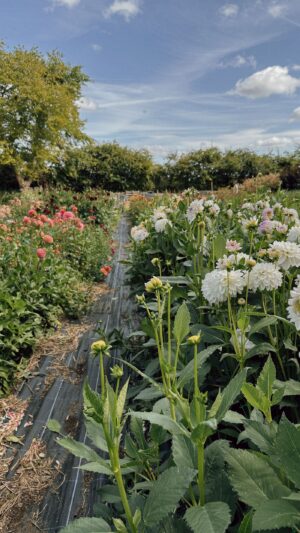
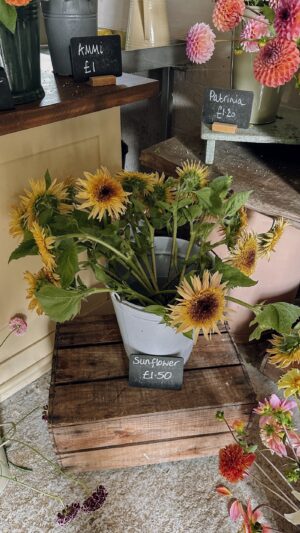
Growing awareness of slow flowers and sustainable floristry
As wedding trends began to favour relaxed, English country garden florals, British growers saw increased demand. This is also bolstered by florists in the UK increasingly incorporating local flowers in their work due to the rising cost of imported flowers following Brexit. Rachel adds that the increased time spent at customs has also reduced the quality of imported blooms. For brides however, it’s still “aesthetic over environmental reasons” for choosing British flowers, Rachel explains.
When Rachel started Green and Gorgeous, she referred to herself as a cut flower grower. Today, flower farmer is common parlance. Rachel admits it’s become “very trendy” to grow cut flowers, even as a part-time living. She praises Gill Hodgson of Flowers from the Farm for raising awareness of British small-scale growers and elevating seasonal flowers. Flowers from the Farm shares a directory of nearly 1,000 seasonal flower farmers, encouraging consumers to support their local growers. The organisation also hosts regular takeovers on Instagram, spotlighting different members.
Rachel also acknowledges acclaimed floral designer Shane Connolly, who has held appointments for the royal family, for increasing awareness of sustainable floristry. Rachel herself often speaks to those who arrange flowers for churches and shares alternatives to using synthetic floral foam, which breaks down into microplastics.
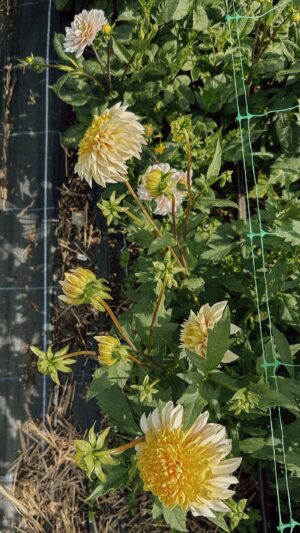
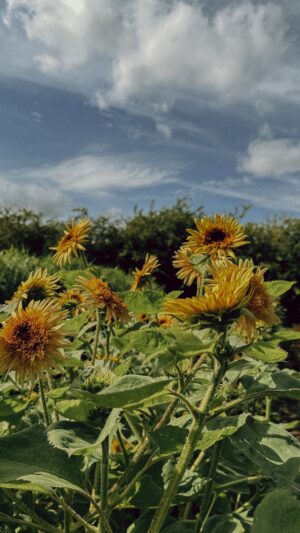
Living in pace with the seasons
Rachel likens the seasonal schedule of a flower farmer to running a marathon: “In February, you’re warming up and doing a lot of stretching. You’re getting your stamina back up after literally a winter of hibernation.”
Then as spring begins to wake up, the to do list mounts. “As the garden comes to life, you come to life,” says Rachel.
“As the garden comes to life, you come to life.”
From late March when Green and Gorgeous starts to sell flowers until early June, Rachel describes life as a “conveyor belt”, where she and the team are “sowing, planting, selling, picking, arranging” for seven days a week.
July and August start to slow as all planting is complete, so attention turns to harvesting, irrigating and deadheading. In September and October, Rachel’s marathon culminates as she prepares for spring, planting bulbs and sowing seeds. When it comes to the winter months, she downs tools to recharge.
When you celebrate the seasons, there’s always something to savour. Yet, it was irresistible to ask Rachel – someone so in tune with nature – what part of her annual marathon she favours most. Rachel shared that she’s most excited about spring flowers in April and May – “probably because I’ve missed them so much” – but also because the delicate blooms so suit her light and airy floristry style. “I love ranunculus, anemones, Icelandic poppies and blossom”, she adds.
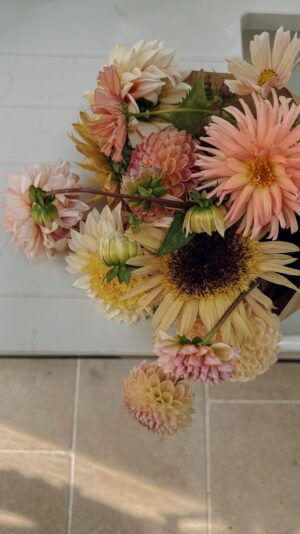
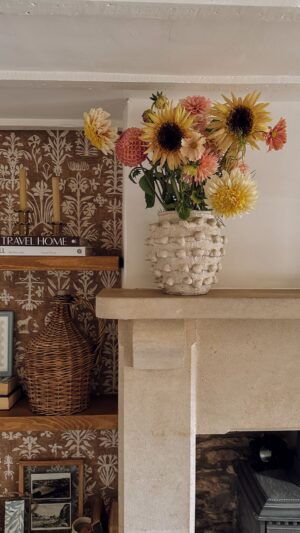
Nurturing creativity and a successful business
After running sixteen horticultural marathons, Rachel knows the importance of re-inspiring herself during her winter hibernation period. From pottery to dressmaking, she attends creative courses in abundance, taking notes on texture, form and colour. Rachel says “I think it’s very easy to start a business. You’re full of enthusiasm and it’s exciting, but it’s actually sustaining one that’s the hard part.”
Her creative pursuits help her maintain a freshness at Green and Gorgeous among growing competition. In the future, she hopes to run more of their popular flower farm supper clubs, and creative workshops which use flowers as inspiration, such as natural dyeing.
Rachel’s advice for budding cut flower growers
For fledging flower farmers or those with a little space to spare to grow cut flowers, Rachel advises working backwards from the arrangements you want to create and start by thinking about foliage. Rachel explains that foliage is your “framework material” but it also takes longer to grow – up to three years for most woody plants and shrubs. To create a continuous stream of cut flowers through the seasons, Rachel advises those new to growing cut flowers to keep a detailed sowing and harvesting diary. This includes the week something was sowed, the week it began to flower and the week it was ready to be picked.
For more helpful advice, you can peruse Rachel’s book, The Cut Flower Sourcebook or attend one of her classes at Green and Gorgeous.
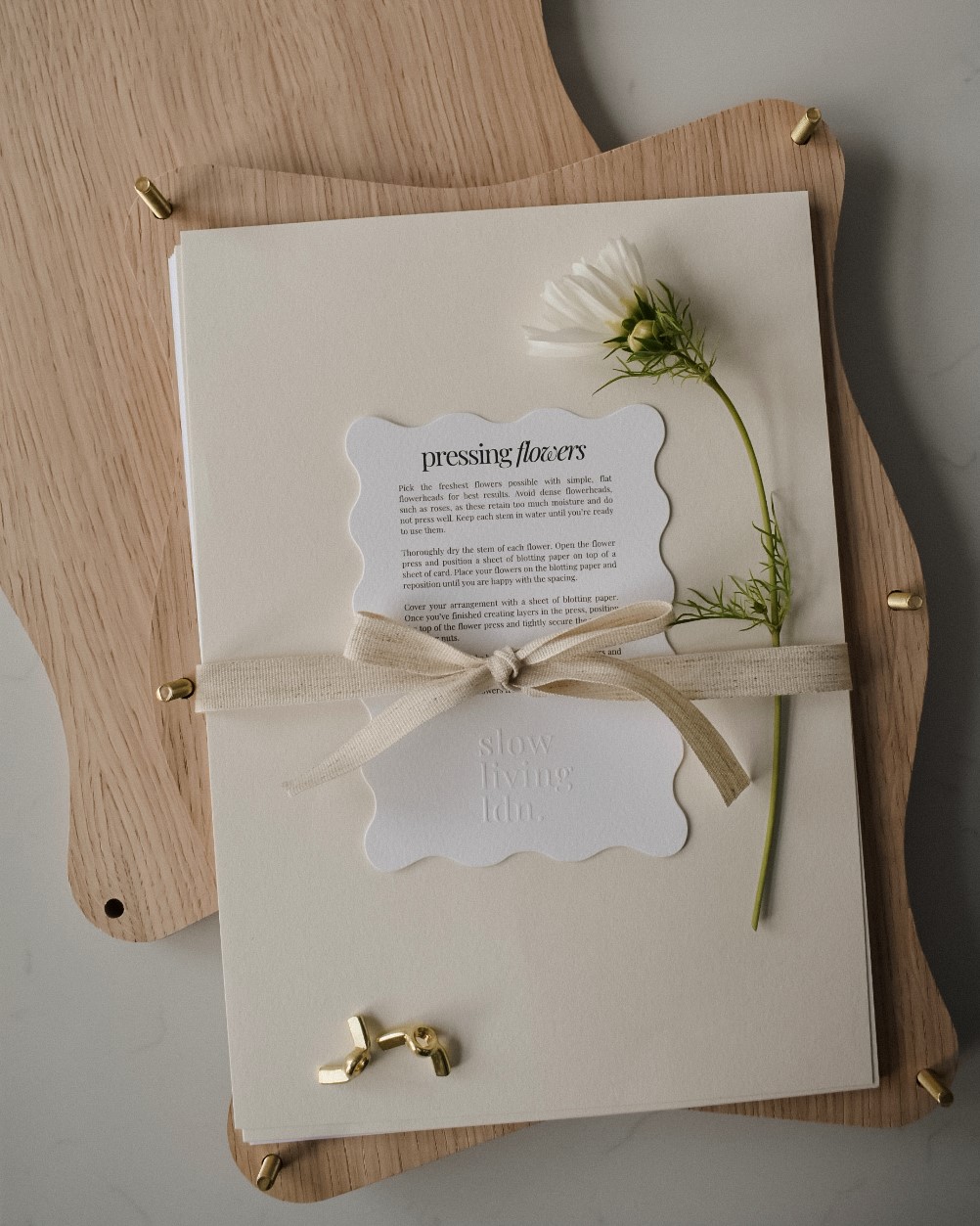
Large wooden flower press kit
Our oak-topped large wooden flower presses are made in England and feature our signature wavy edges and brass hardware.
